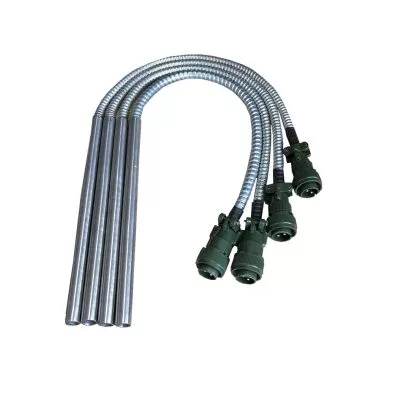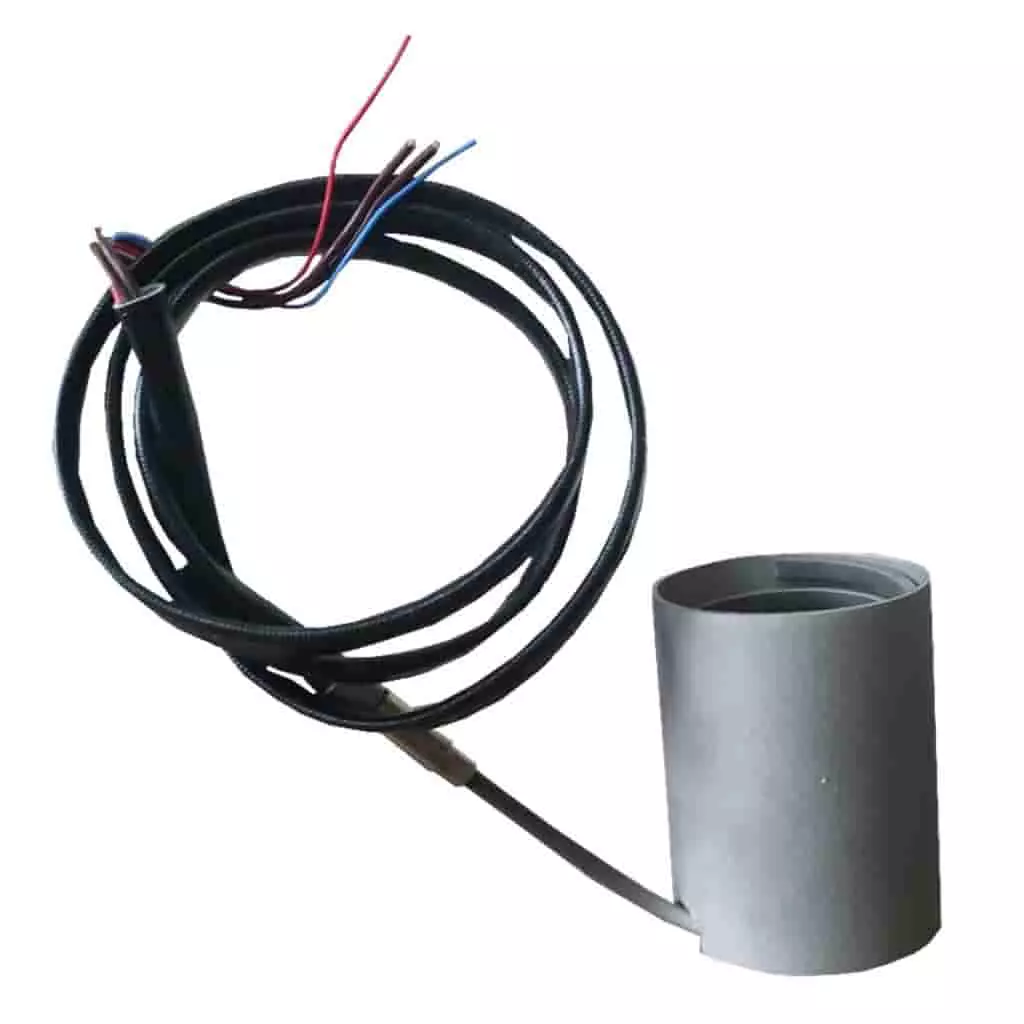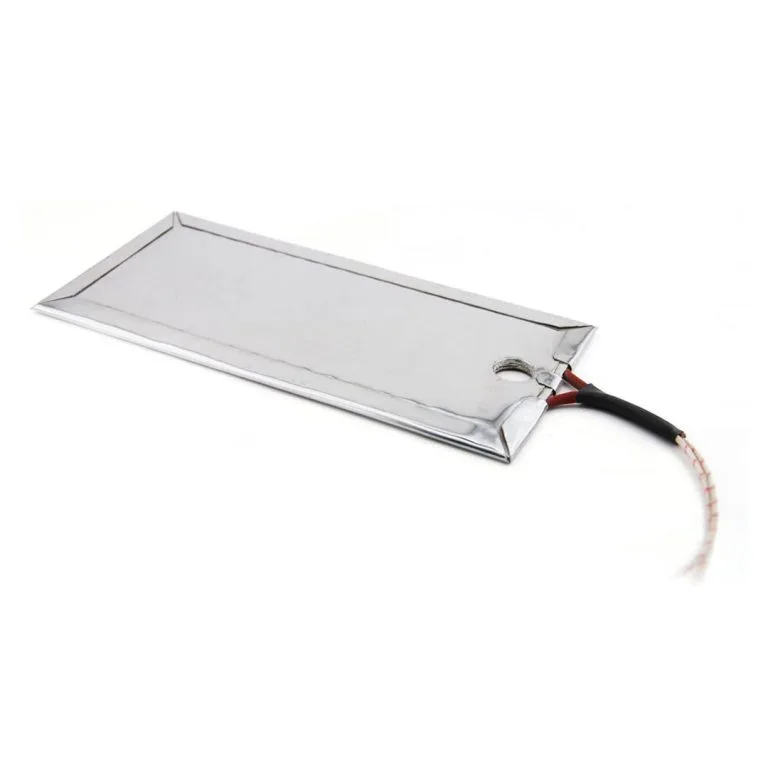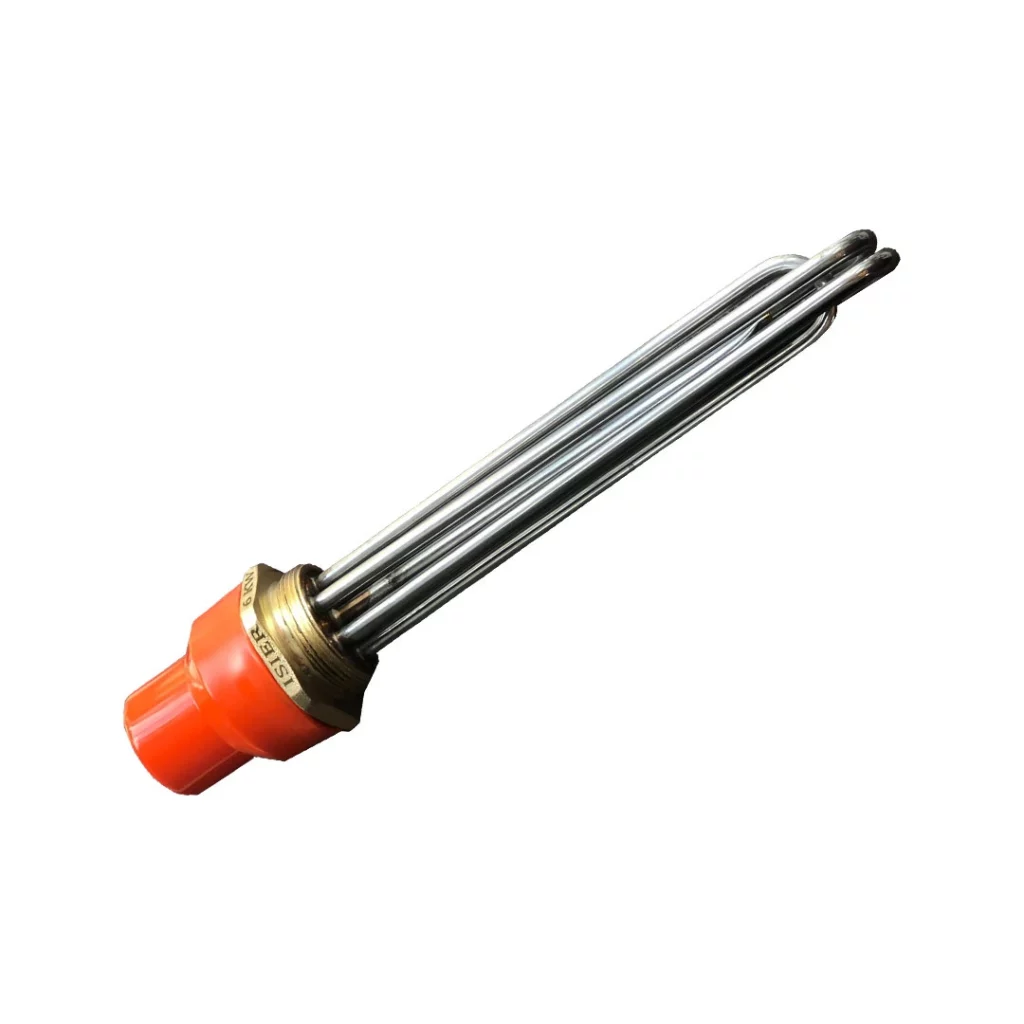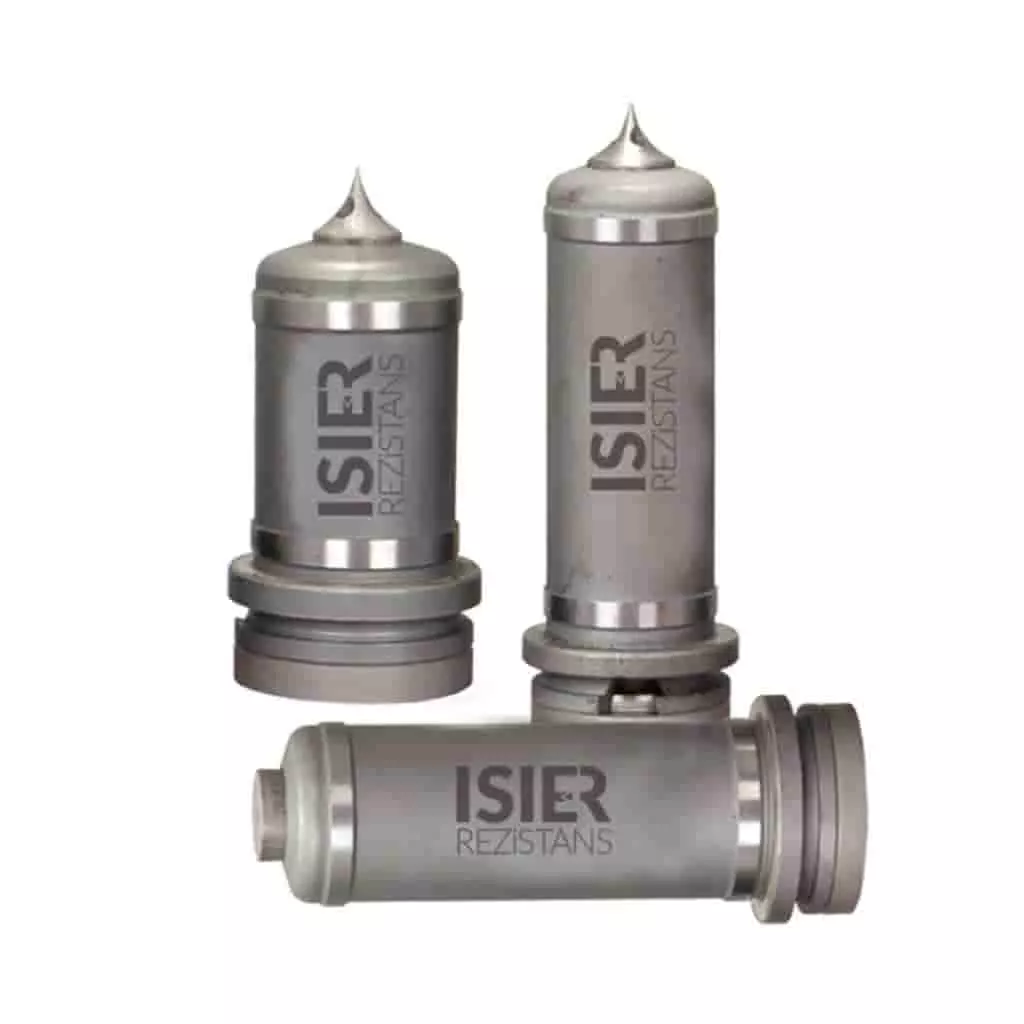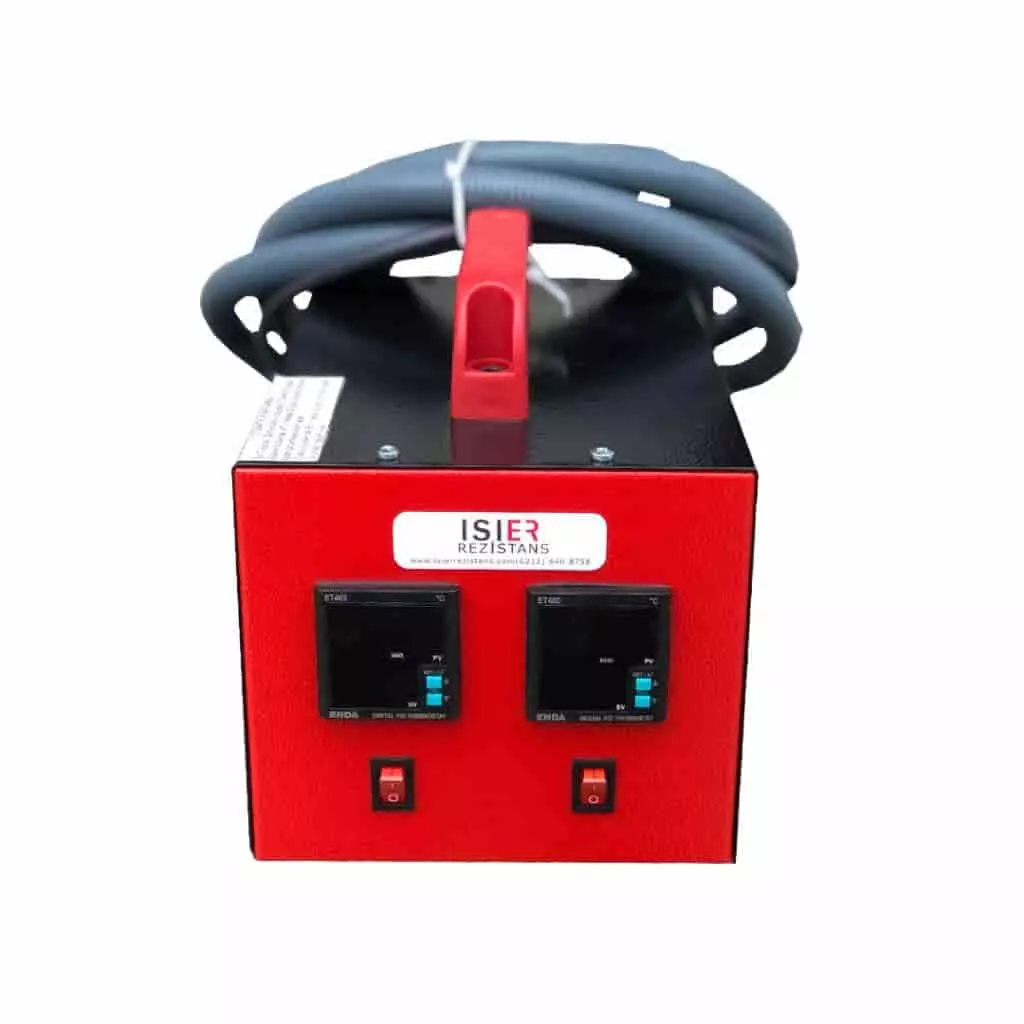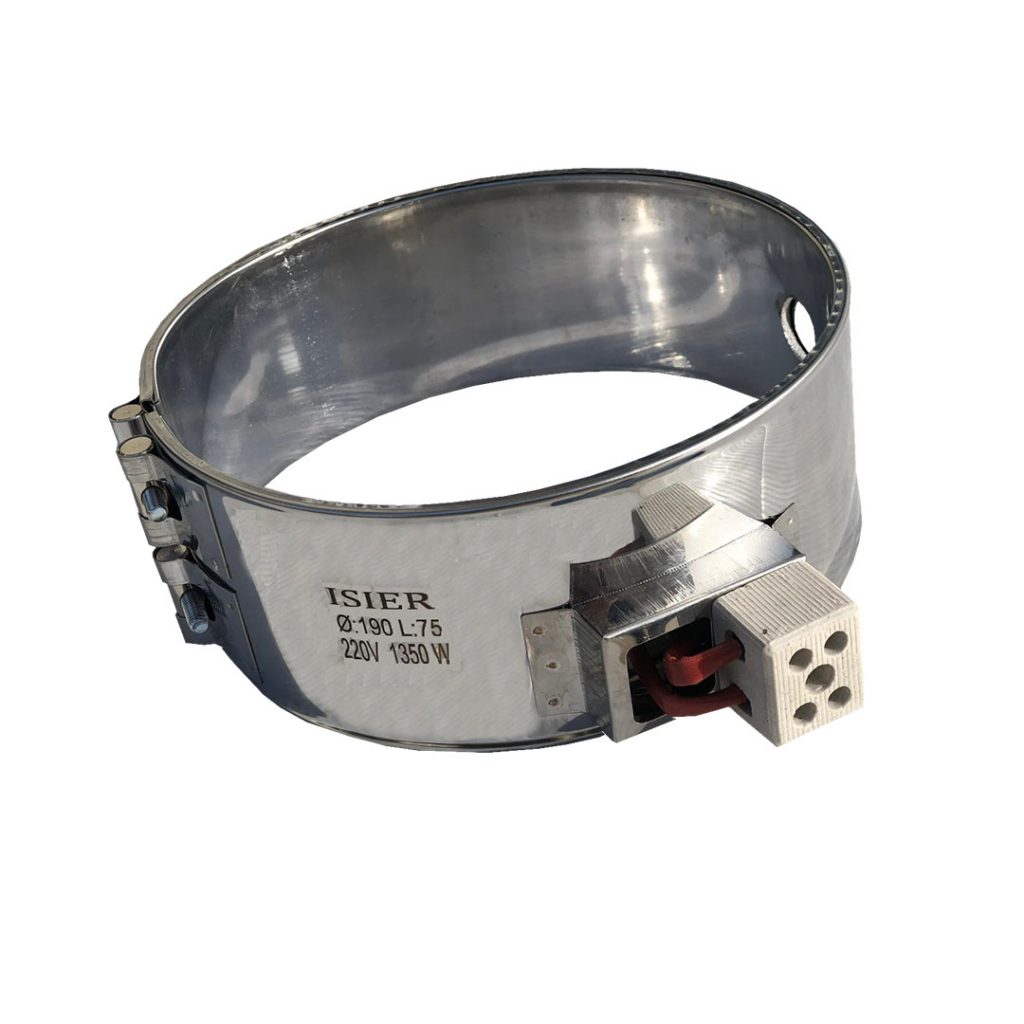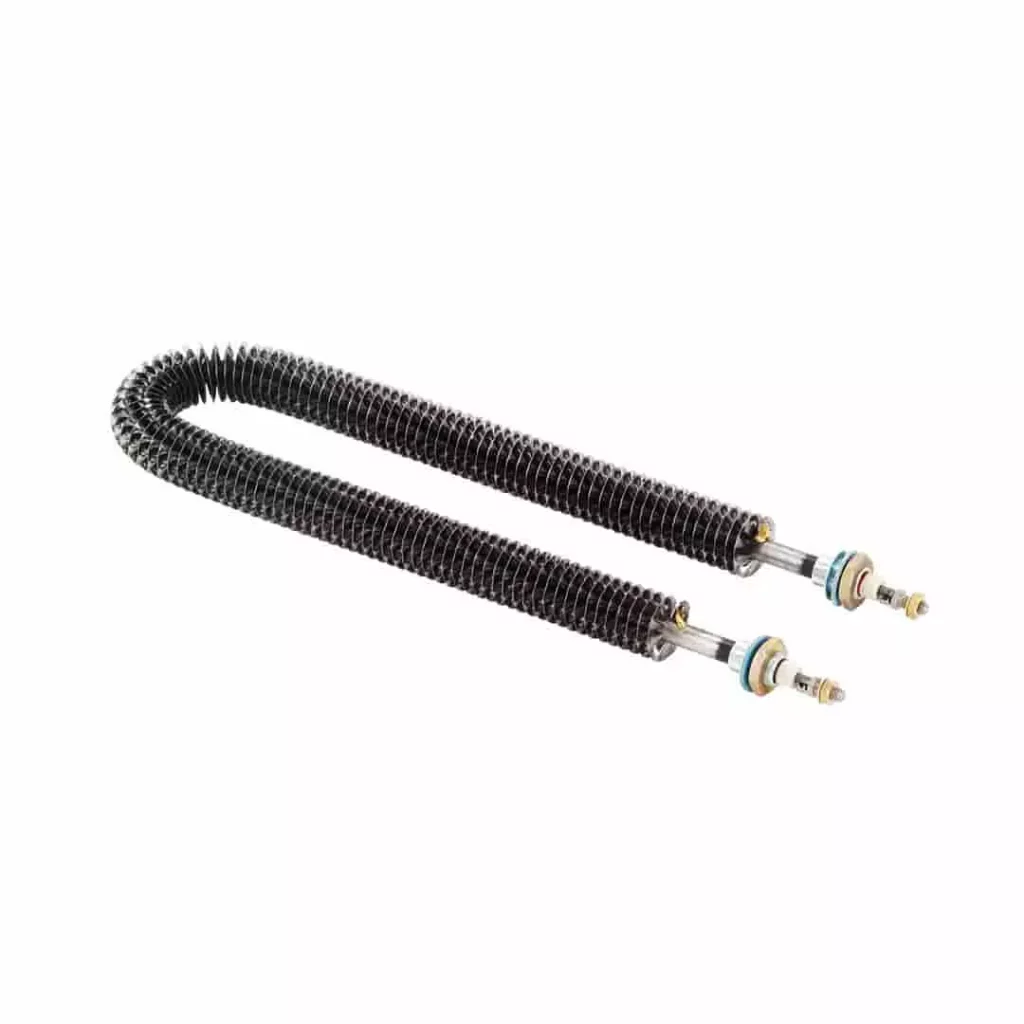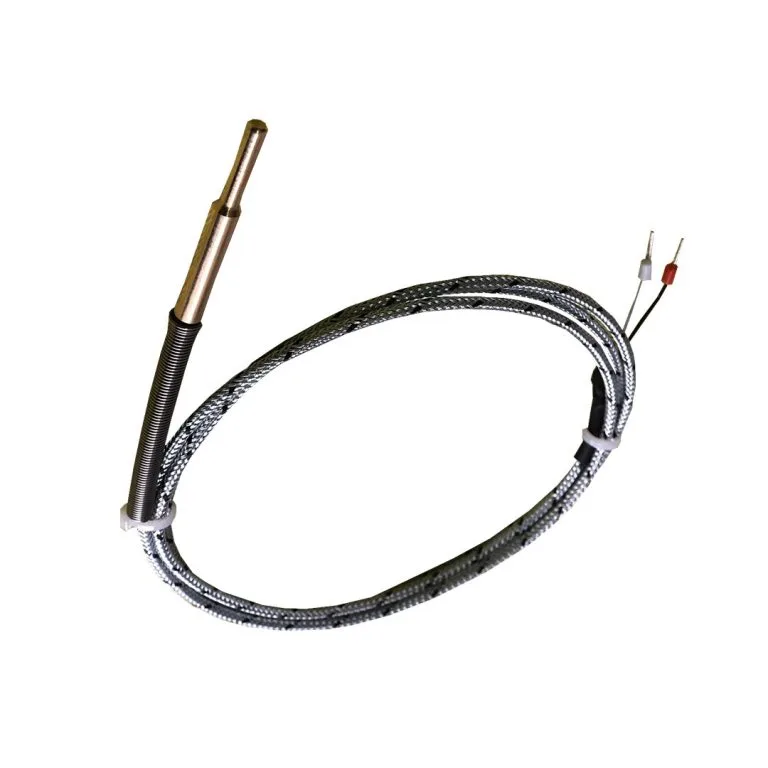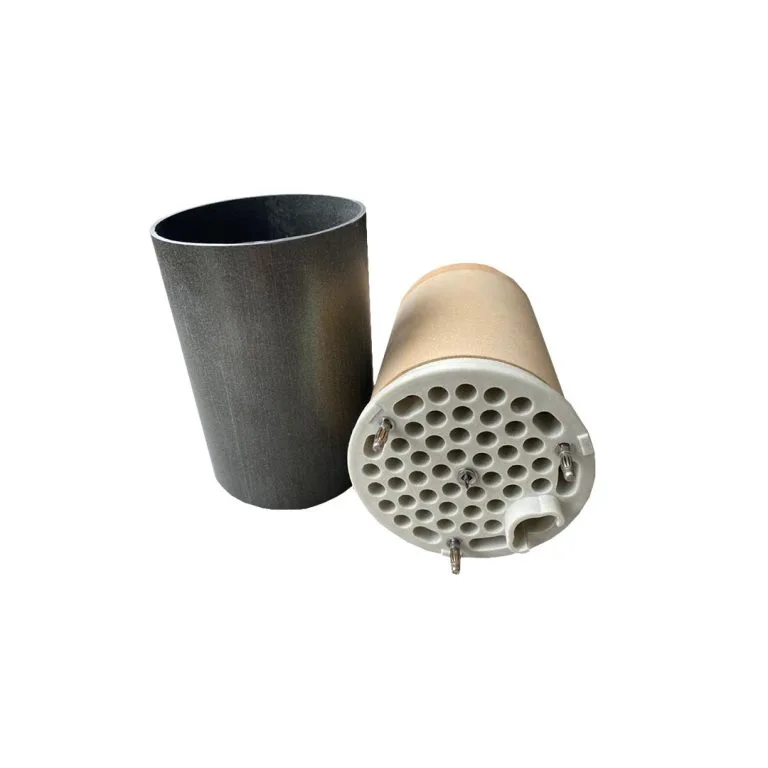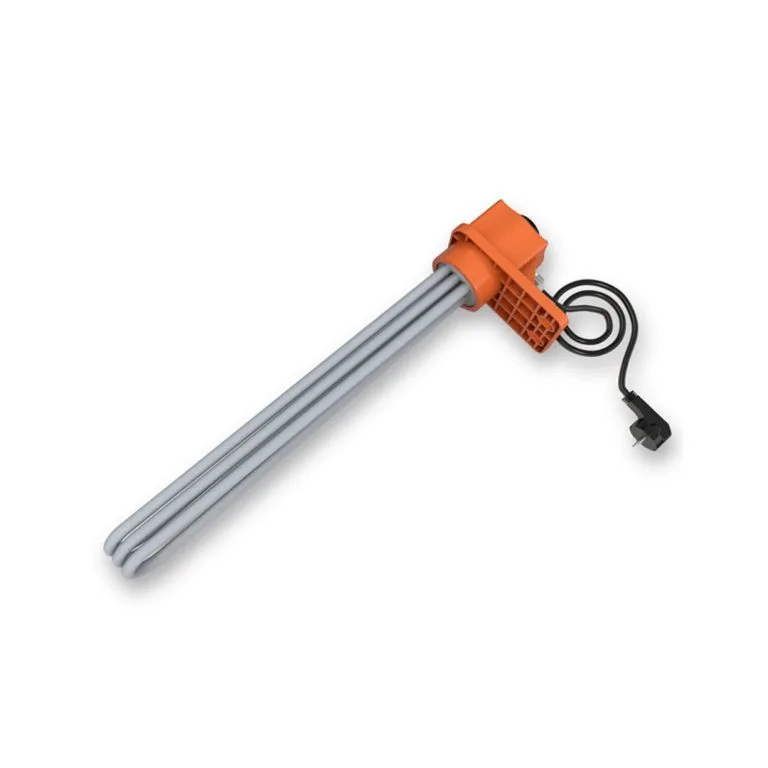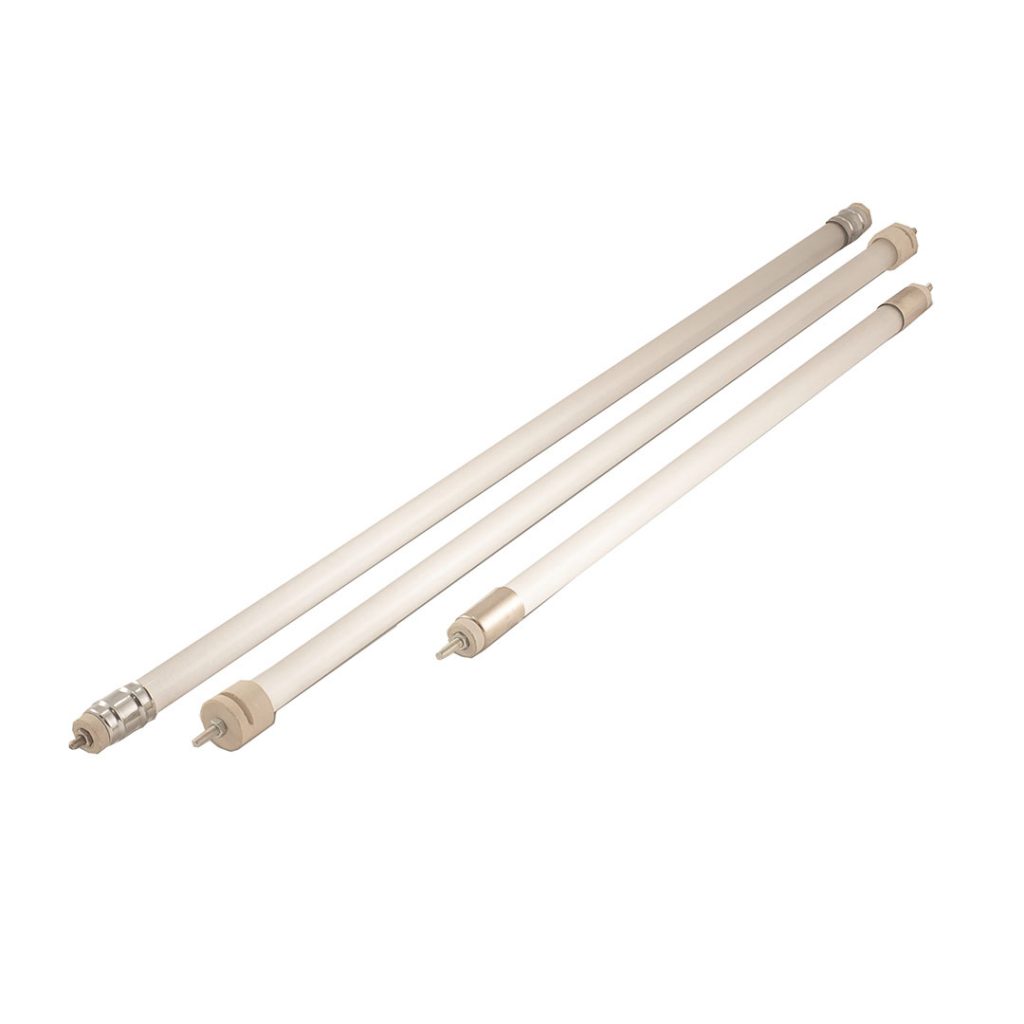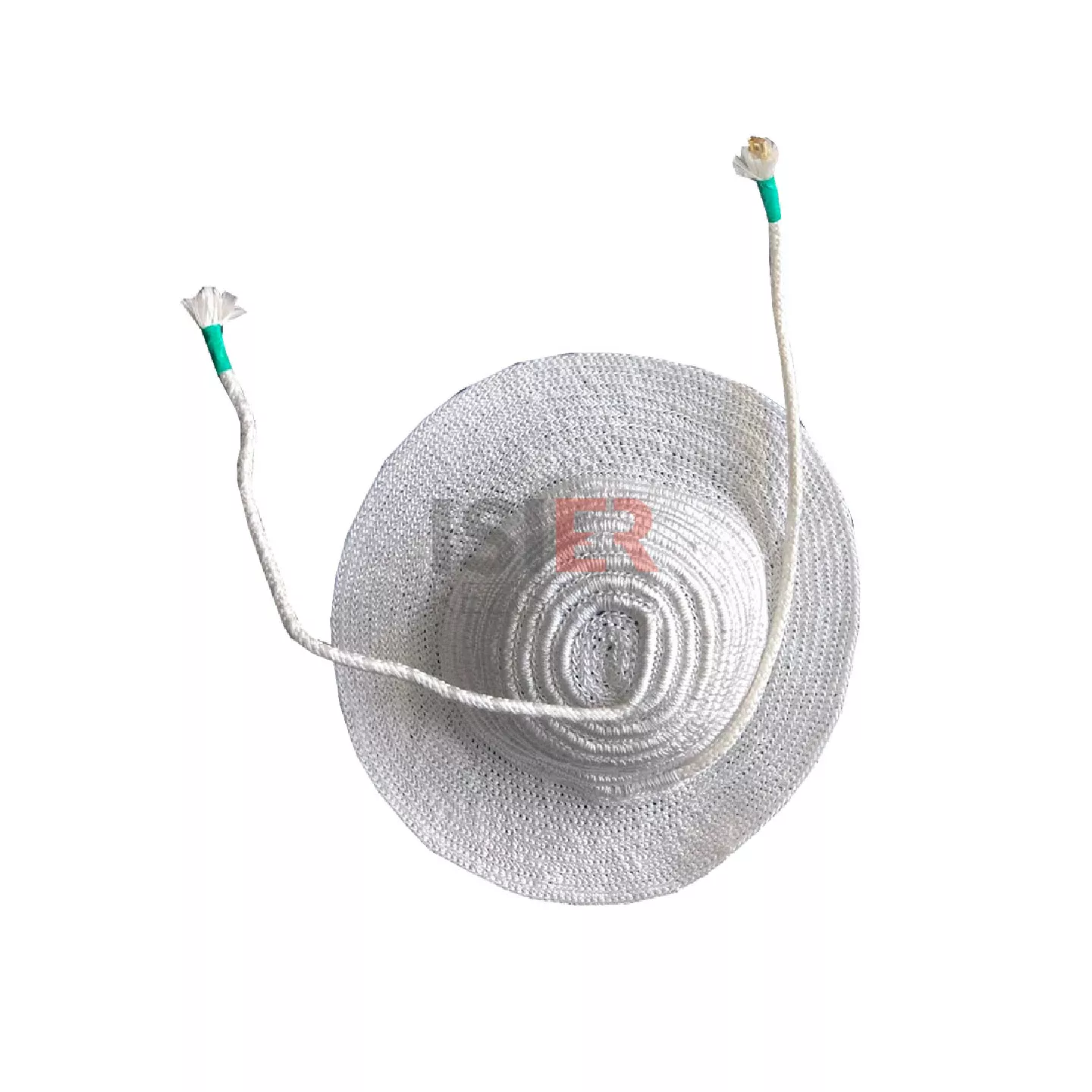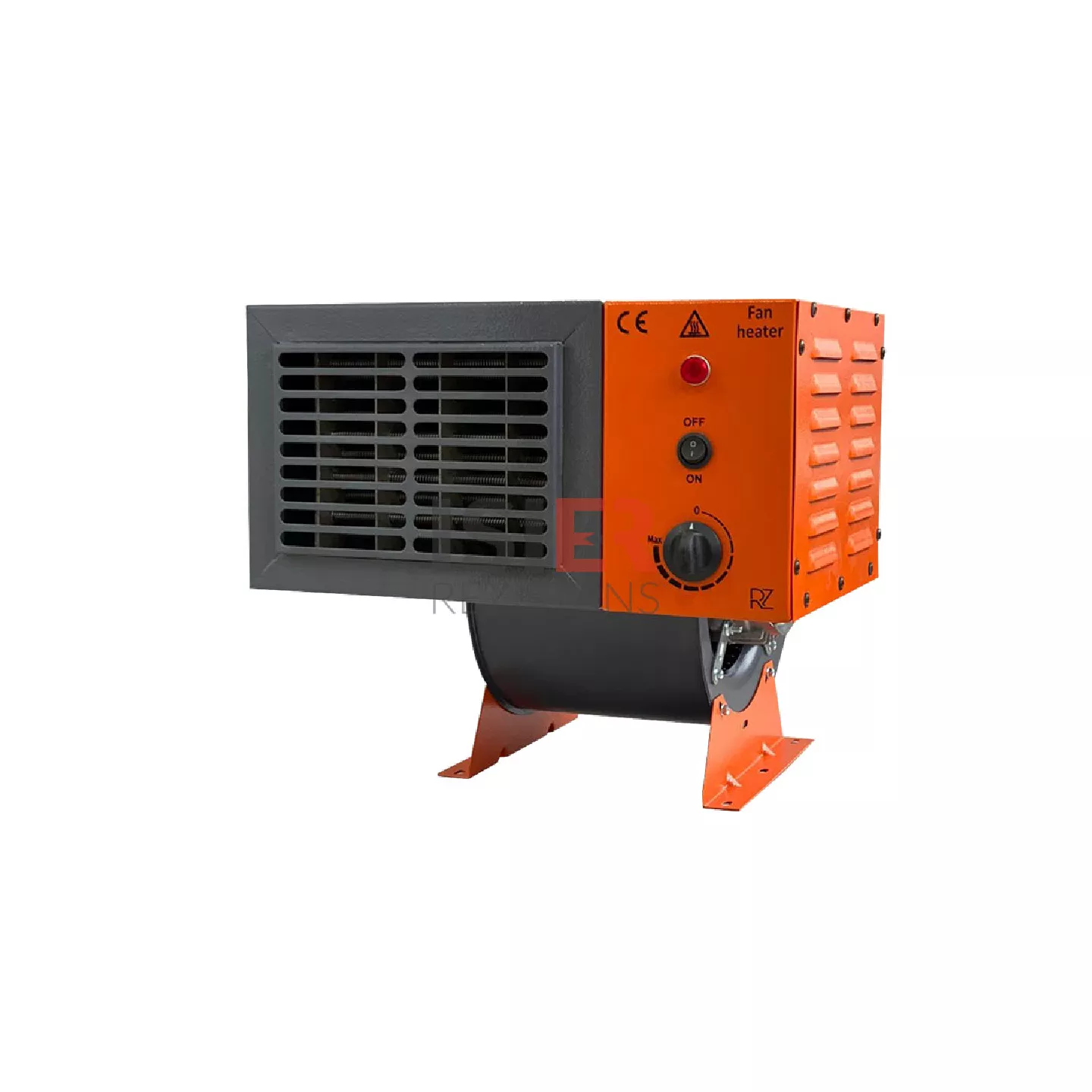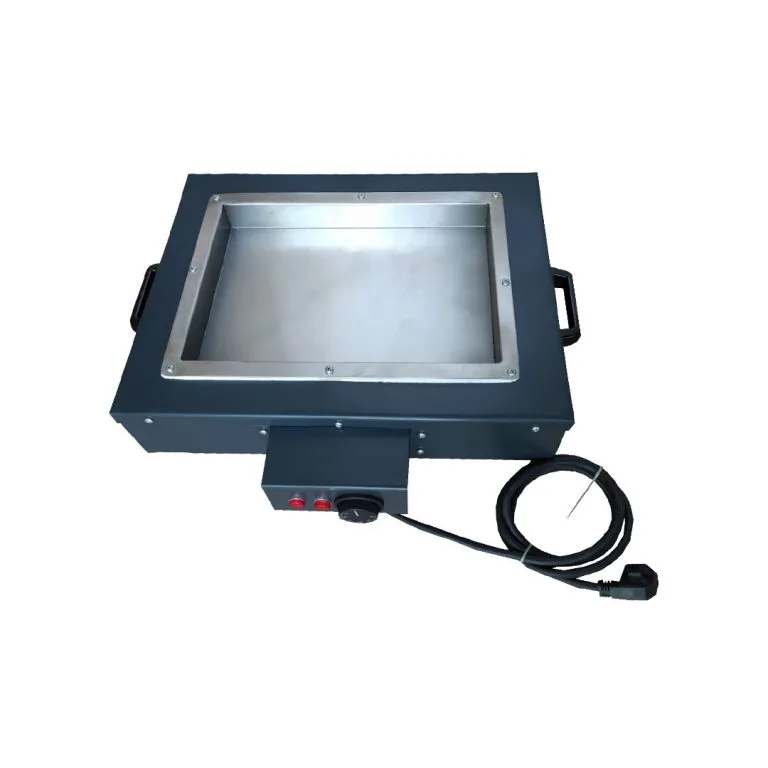Clamp Heaters: Technical Specifications, Applications, and Advantages
Clamp Heaters: High-Efficiency Heating Solutions for Industrial Applications
Clamp heaters are important heating elements used primarily in industrial heating systems. These heaters are generally designed in a clamp form and are placed around various pipelines, tanks, or cylindrical surfaces. Clamp heaters have a wide range of applications due to their easy installation, efficient heating capacity, and durable structures.
In this article, we will examine in detail what clamp heaters are, how they work, their technical specifications, and their applications.
Our Products
Your Solution Partner for All Your Resistance Needs
What Are Clamp Heaters?
A clamp heater is a heating element that is placed around a pipe or cylindrical surface. Electrical current passes through the wire or strip inside this heater, heats up, and radiates heat to the surrounding environment. These heaters are typically designed to be easily mounted on metal surfaces, pipelines, or tanks. The clamp ensures that the heating element stays securely in place.
Clamp heaters are commonly used in industrial systems for heating liquids, gases, or solid materials. With their advanced heating properties and high efficiency, these types of heaters are ideal for applications looking to save energy.
Technical Specifications of Clamp Heaters
Clamp heaters can have various technical specifications. These specifications can vary depending on the materials used, heating capacity, and application purpose. Here are the general technical specifications of clamp heaters:
- Power Capacity:
Clamp heaters typically have power capacities ranging from 0.5 kW to 50 kW. However, with custom manufacturing, this capacity can be increased to higher values. - Temperature Range:
The temperature range of clamp heaters can vary depending on the material and design used. The typical temperature range is between 200°C and 800°C. - Material Selection:
Clamp heaters are usually made from durable materials such as stainless steel, aluminum, and copper. Stainless steel offers high temperature resistance and long lifespan. - Insulation Material:
Clamp heaters are typically coated with high-quality insulation materials. This improves safety and ensures energy efficiency. - Diameter and Size Options:
Clamp heaters are produced in various diameters and sizes. Custom sizes can also be manufactured depending on the application requirements. - Voltage and Current:
Clamp heaters can operate at different voltage and current values. Models are commonly available for 220V, 380V, or higher voltage levels.
Operating Principle of Clamp Heaters
Clamp heaters work by the electrical current passing through a resistant material. The electrical current produces heat against the resistance found in the wire or strip inside the heater. This heat is then transferred to the material being heated. The operating principle of clamp heaters can be summarized as follows:
- Electrical Current:
The electrical current passes through the wire or resistant material inside the heater. - Heat Generation:
Electrical energy is converted into heat in the resistant wire. This heat spreads to the surrounding area. - Heat Transfer:
The heat is transferred to the surrounding pipe, tank, or surface, warming liquids, gases, or solid materials. - Temperature Control:
Most clamp heaters can be integrated with temperature monitoring devices such as thermostats or thermocouples. This ensures the temperature stays within the desired range.
Applications of Clamp Heaters
Clamp heaters have a broad range of applications and are generally preferred in industrial and commercial heating systems. Here are some common areas where clamp heaters are used:
- Liquid Heating Systems:
Clamp heaters are commonly used for heating water, oil, acidic liquids, and other chemical liquids. - Chemical and Pharmaceutical Industries:
In chemical and pharmaceutical production processes, controlled heating of liquids or gases is required. Clamp heaters are preferred for these applications. - Plastic Injection Systems:
In plastic injection machines, temperature control is crucial. Clamp heaters are used for melting plastic materials and during the injection processes. - Heating Tanks:
In industrial heating tanks and storage systems, clamp heaters ensure rapid heating of liquids. - Food Processing and Packaging:
In the food processing and packaging industries, the efficient operation of heating systems is vital. Clamp heaters are ideal for applications in this field. - Metal Processing and Casting:
In the metalworking sector, clamp heaters are used when temperature control and heating of molten metals are required.
- Liquid Heating Systems:
Advantages of Clamp Heaters
- Easy Installation and Application:
Clamp heaters are very easy to install. They are often mounted using bolts or clamp systems. - High Efficiency:
Clamp heaters provide direct and efficient heat transfer, resulting in lower energy consumption. - Durability and Long Lifespan:
Made from stainless steel and other durable materials, clamp heaters are long-lasting and resistant to harsh working conditions. - Various Sizes and Capacities:
Clamp heaters are available in different diameters and capacities, providing options suitable for every application. - Temperature Control:
By working with temperature-controlled systems, clamp heaters ensure energy efficiency and maintain the desired temperature levels.
- Easy Installation and Application:
Clamp heaters provide efficient and durable solutions for industrial heating systems. With easy installation, high efficiency, durability, and a wide range of applications, these heaters are widely used across many industries. They are especially indispensable in liquid and gas heating systems, plastic injection machines, and chemical processing plants. The correct selection and use of clamp heaters are crucial for ensuring energy efficiency and enhancing system performance.
Clamp Heaters Frequently Asked Questions
A clamp heater is a type of electric heating element that is designed to be attached to cylindrical or pipe-shaped objects. It is often used to heat pipes, tanks, or other equipment in industrial settings. The heater “clamps” around the object, providing direct contact heat for efficient thermal transfer.
A clamp heater works by using electrical resistance to generate heat. The heating element is wrapped around the pipe or vessel, and when electrical current passes through the element, it heats up. The heat is then transferred directly to the surface of the pipe or object, ensuring efficient heating of the object or material inside.
- Clamp heaters are used in various applications, including:
- Heating pipes and tanks in industries such as oil, gas, chemicals, and water treatment.
- Preventing freezing in pipes or vessels during cold weather conditions.
- Maintaining process temperatures in industries such as plastics, pharmaceuticals, and food processing.
- Preheating components before assembly or processing in manufacturing.
- Clamp heaters are typically made from:
- Heating elements: Commonly made from alloys like nichrome, Kanthal, or stainless steel.
- Outer insulation or casing: Often made from materials like stainless steel, aluminum, or heat-resistant plastics to provide durability and safety.
- Clamp mechanism: The clamping mechanism may be made from stainless steel or other strong metals to ensure a secure fit around the object being heated.
- There are different types of clamp heaters depending on the design and the application:
- Band heaters: Used to heat cylindrical objects, such as pipes and barrels.
- Flexible clamp heaters: Often used for irregularly shaped objects, offering more flexibility in the installation.
- Finned heaters: Equipped with fins that enhance heat dissipation and increase surface area, ideal for heating large surfaces.
- High-watt density heaters: Used for high-temperature applications requiring concentrated heat.
- Advantages include:
- Efficient heating: Clamp heaters provide direct contact heat to the surface, making them efficient.
- Compact and versatile: They can be installed in tight spaces and fit various pipe or tank sizes.
- Easy installation: Clamp heaters are generally easy to install, requiring no complex setup.
- Precise temperature control: Many clamp heaters can be equipped with thermostats for accurate temperature regulation.
- Durable: With the right materials, they can handle high temperatures and harsh environments.
- Common issues include:
- Overheating: If the temperature is not properly controlled or the heater is undersized for the application.
- Improper fit: If the clamp does not tightly fit around the object, it may cause uneven heating.
- Element failure: If the heating element is exposed to high temperatures for extended periods, it may burn out or degrade.
- Insufficient insulation: Lack of proper insulation can lead to energy loss and reduced efficiency.
- To maintain a clamp heater:
- Regular inspections: Check the heating element for cracks, burns, or damage.
- Clean the surface: Periodically clean the heater and surrounding area to remove any debris, dirt, or residue.
- Ensure proper fit: Make sure the clamp is securely attached to the object to avoid gaps, which can reduce efficiency.
- Monitor temperature: Use thermostats and temperature sensors to ensure the heater is operating within the recommended temperature range.
- The lifespan of a clamp heater depends on factors such as the quality of the heater, the operating conditions, and maintenance. Generally, clamp heaters can last anywhere from 1,000 to 10,000 hours of use. Proper care, correct installation, and avoiding overheating can extend their lifespan.
When selecting a clamp heater, consider:
- Size and compatibility: Ensure the heater fits the dimensions of the pipe, tank, or object being heated.
- Wattage requirements: Choose a heater with the appropriate wattage for the temperature and heating time needed.
- Material suitability: Ensure the clamp heater is made from materials compatible with the environment and temperature range.
- Temperature control: Consider heaters with thermostats or temperature controllers for more precise regulation.





